Common names: hornbeam, common hornbeam, European hornbeam
Scientific name: Carpinus betulus
Family: Betulaceae
Origin: native
Gnarled and mighty, the hornbeam is as tough as they come. It’s beautiful, useful, and its year-round leaf cover makes it a winter haven for wildlife.
Common names: hornbeam, common hornbeam, European hornbeam
Scientific name: Carpinus betulus
Family: Betulaceae
Origin: native
Common hornbeam is a deciduous, broadleaf tree which has pale grey bark with vertical markings, and sometimes a short, twisted trunk which develops ridges with age. The twigs are brown-grey and slightly hairy and the leaf buds are similar to beech, only shorter and slightly curved at the tips. Mature trees can reach a height of 30m and live for more than 300 years.
Look out for: leaves that have a pleated look and a seed which is a small nut about 3–6mm long, held in a leafy bract with three lobes.
Identified in winter by: distinctive, papery seeds hanging in tiered clusters through autumn. Leaf buds are pressed closely to the twig.
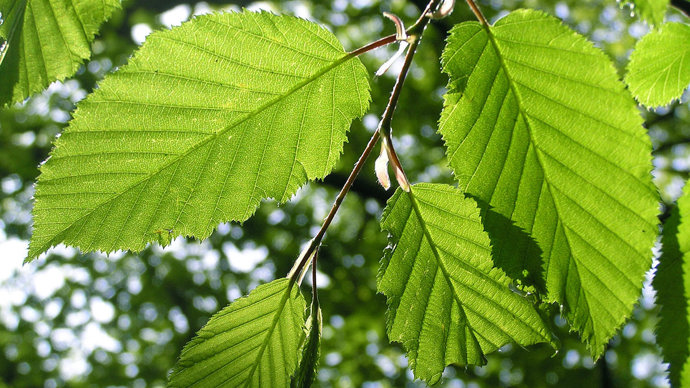
Credit: Deborah Morris / WTML
A similar shape to beech leaves – oval with pointed tips. Hornbeam leaves, however, are smaller and more deeply furrowed than beech leaves and have finely toothed edges (whereas beech leaves have wavy edges). They become golden yellow to orange in colour in autumn and most stay on through the winter.
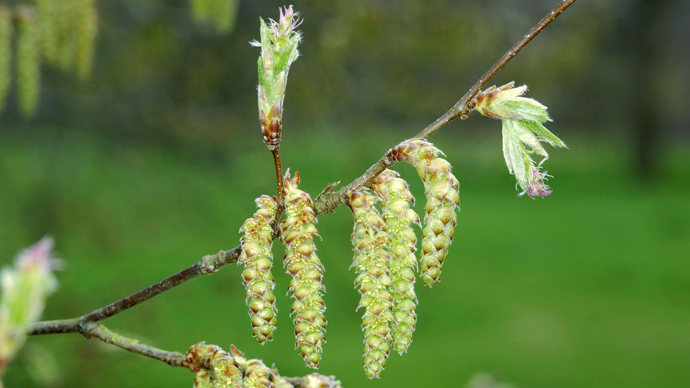
Credit: Nature Photographers Ltd / WTML
Hornbeam is monoecious, meaning male and female catkins are found on the same tree.
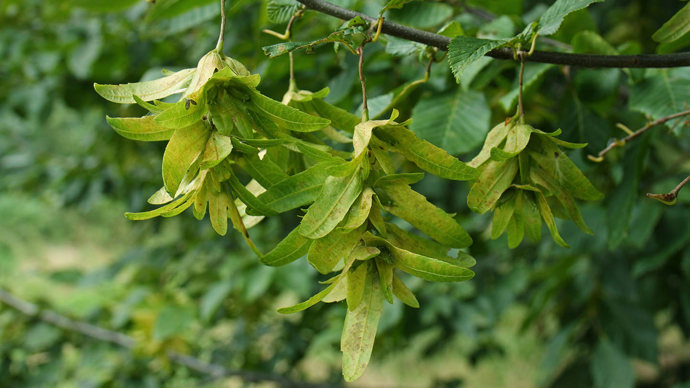
Credit: FLPA / Alamy Stock Photo
After pollination by wind, female catkins develop into papery, green winged fruits, known as samaras.
Common beech (Fagus sylvatica). The hornbeam’s doubly serrated leaf edges help to tell them apart. Beech has wavy edges, not toothed.
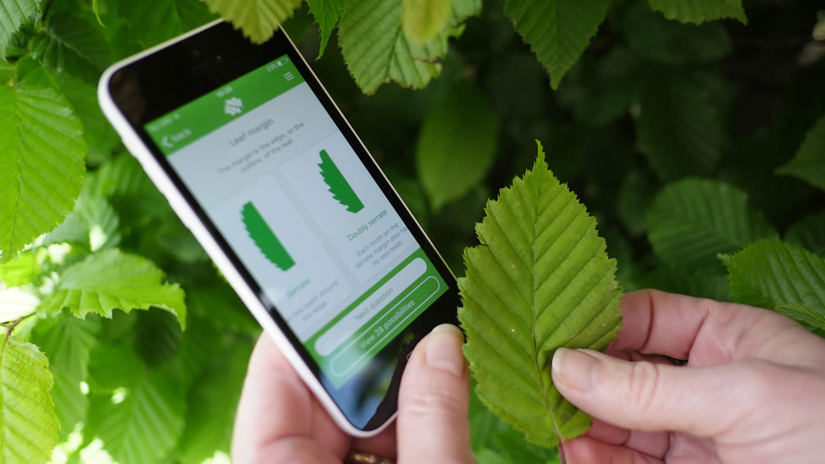
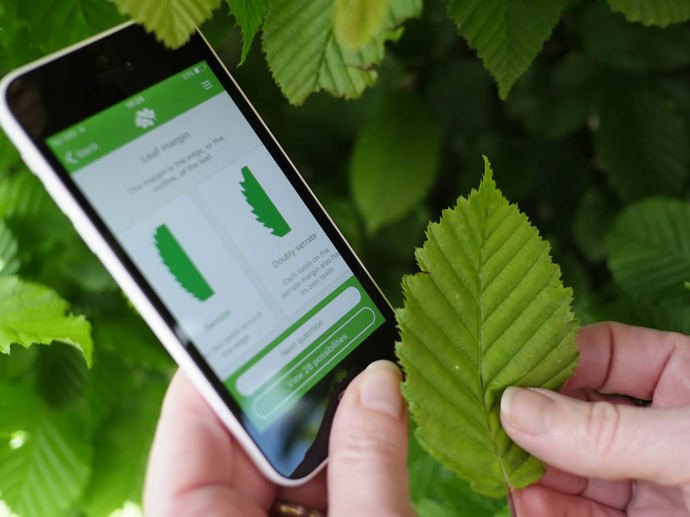
Download our free Tree ID app for Android and iPhone to identify the UK's native and non-native trees. It's an A-Z tree guide in your pocket.
In the area of Valenciennes in Northern France, it was traditional to lay a hornbeam branch at your sweetheart’s door.
Native to the south of the UK but widely planted elsewhere, hornbeam is naturally found in oak woodland and is often coppiced or pollarded. Only two species occur in Europe, with the greatest number of the 30–40 species mainly found in East Asia.
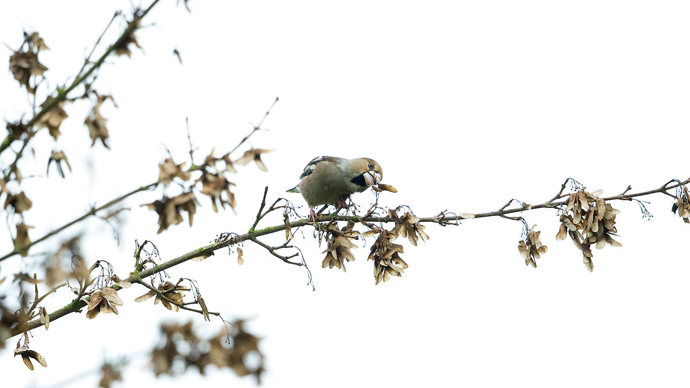
Credit: Robin Chittenden / Alamy Stock Photo
Like beech, a hornbeam hedge will keep its leaves all year round, providing shelter, roosting, nesting and foraging opportunities for birds and small mammals. Hornbeam is the food plant for caterpillars of a number of moth species, including the nut tree tussock. Finches and tits and small mammals eat the seeds in autumn.
Romans used hornbeam to make their chariots because of the strength of the wood.
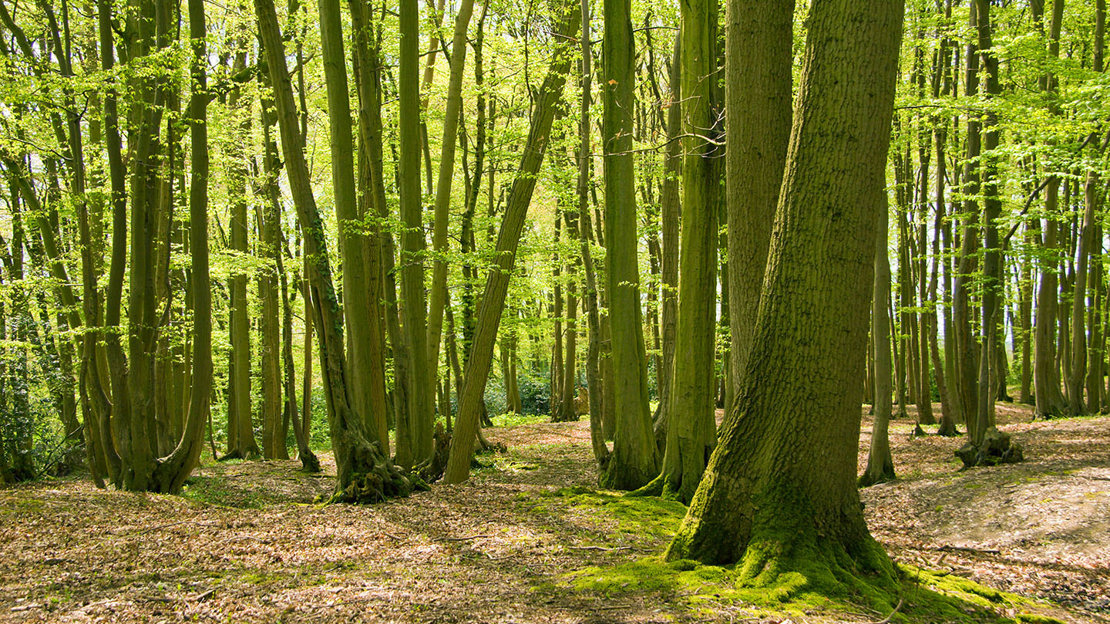
Hornbeam is the tree of choice if you want to grow a hedge on the ‘stilts’ of its trunks, so the foliage starts several feet above the ground – a feature once seen in the gardens of country estates.
Hornbeam timber is a pale, creamy white with a flecked grain. It is extremely hard; in fact it has the hardest wood of any tree in Europe. Nowadays, it’s mainly used for furniture, flooring and wood turning, but traditionally the wood was made into ox yokes which were used to join a team of ploughing oxen together. The wooden ‘beam’ would have been attached to their horns which may have contributed to the tree’s name. It’s more likely, however, that the hornbeam is so named due to the hardness of its timber – ‘horn’ means ‘hard’ and ‘beam’ was the name for a tree in old English.
Other traditional uses were butchers' chopping blocks, piano hammers, wood screws, coach wheels and cogs for windmills and water mills. It was also coppiced and pollarded for poles. The wood also burns well and makes good firewood and charcoal.
A tonic made from hornbeam was said to relieve tiredness and exhaustion, and its leaves were used to stop bleeding and heal wounds.
Hornbeam is susceptible to fungal diseases, namely Phytophthora. It may also suffer bark-stripping damage by grey squirrels.